
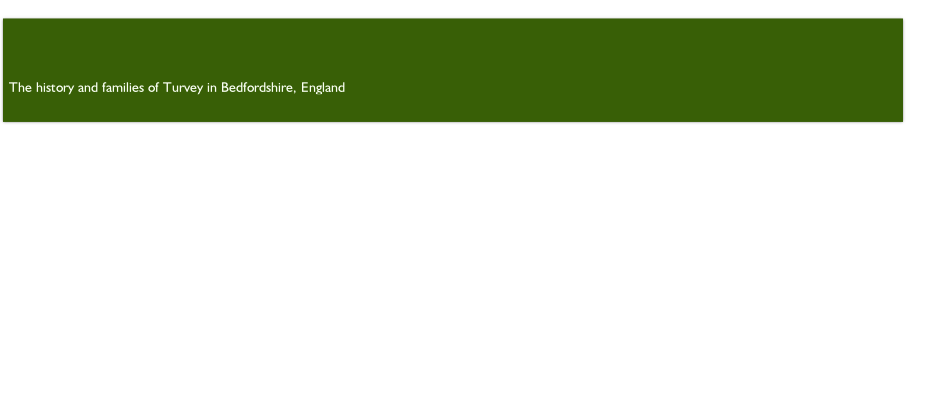
©2011 Deborah Richardson

Privacy Policy
Copyright


The Higgins Mausoleum
Summary of Higgins Family Members Interred in the Mausoleum
(In same order as above)
The Rev Henry Hugh Higgins MA of Turvey House (1814-
Anne (wife of above) (died 1907)
Charles Longuet Higgins of Turvey Abbey (1806-
Helen Elizabeth (Wife of above) (1823-
Theresa (wife of below) (died 1846)
John Higgins of Turvey Abbey (died 1846)
Gertrude Maude Longuet-
Hugh Christopher Longuet-
Rev Henry Hugh Longuet-
Albinia Cecil Longuet-
Henry L. Longuet-
Gertrude Mary Longuet-
I will add the other names and full details as soon as possible.
"What man is he that liveth and shall not see death?"
Quotation running around the top of the Higgins Mausoleum.
This squat red brick construction is the final resting place of many members of the Longuet-
There is a stone fireplace in the middle of the west wall and around the top there are stone letters spelling a biblical quote ‘What man is he / that liveth / and shall not / see death?’ (89th Psalm)
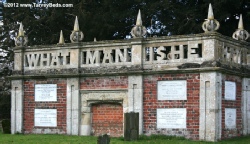
Higgins Mausoleum in 2010
Click to enlarge

Individual Panels from Higgins Mausoleum

Click any image to enlarge it
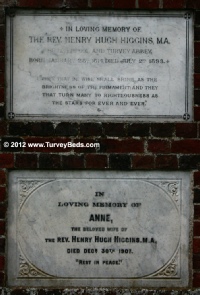
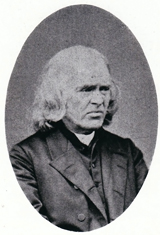
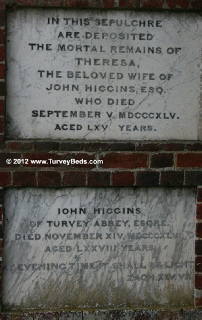
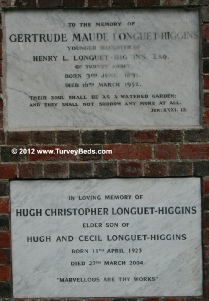
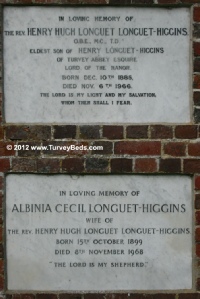
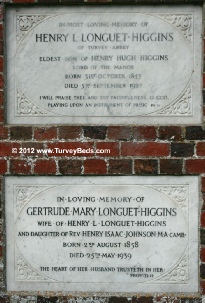
The mausoleum was listed as a Grade 2 building on 27 August 1987.
English Heritage Building ID: 431165
It was created by John Higgins of Turvey Abbey when the traditional Higgins family vault in the church at Weston Underwood was full.
Work began in 1825.
The inside is decorated with the 25th and 26th verses of the 19th chapter of the Biblical book of Job.
“I know that my redeemer lives, and that in the end he will stand on the earth. And though after my skin worms destroy this body, yet in my flesh shall I see God.”
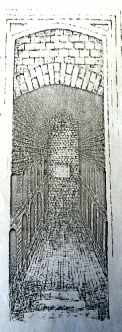
This is a drawing of the inside of the Mausoleum, done by John Higgins of Turvey Abbey in the early 1830s.
Click the picture to enlarge it.

